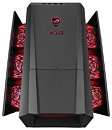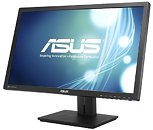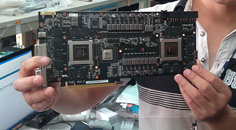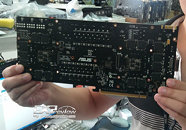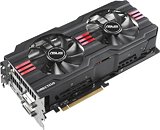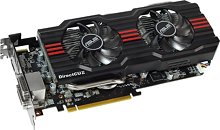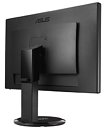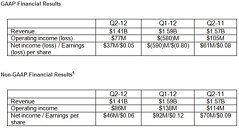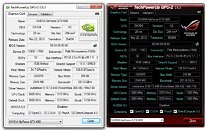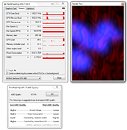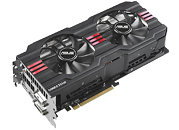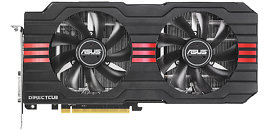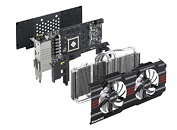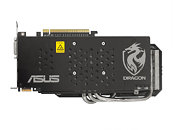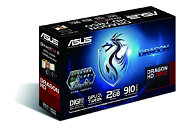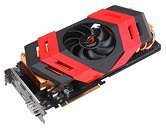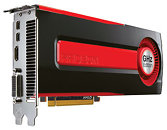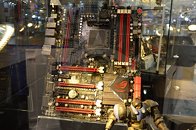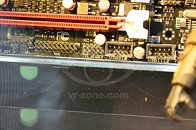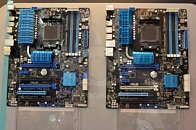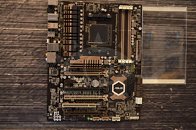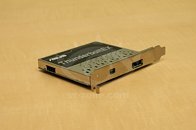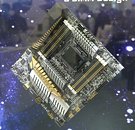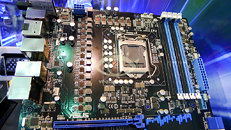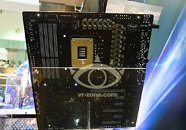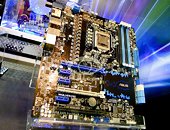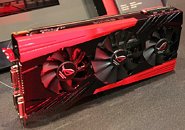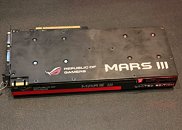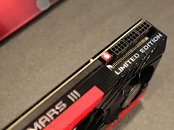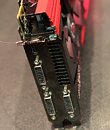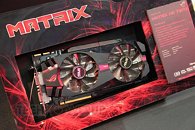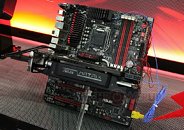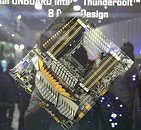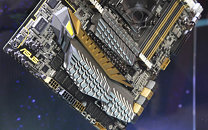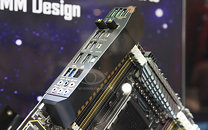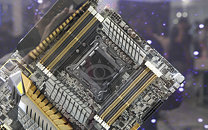
ASUS unveils the ROG TYTAN CG8890 Gaming Desktop PC
ASUS launches the ROG TYTAN CG8890 Desktop PC, powered by a liquid-cooled Intel Core i7-3960X processor with Turbo Gear enabling 6-core CPU instant overclocking to reach a maximum speed of 4.2 GHz. It comes equipped with the latest NVIDIA GeForce GTX 690 graphics card that supports up to four monitors, while dual 128 GB SATA3 SSDs in RAID 0 delivers four times greater data access speeds than generic HDDs. The audio quality is further enhanced by an ASUS Xonar DX sound card, providing 35 times clearer audio than onboard audio codecs, giving gamers an audio advantage over their opponents.
On top of the aerodynamic polygonal exterior that features an intricately designed chassis that transforms when the system is overclocked, the additional DEFCON and bottom grill lighting indicator shows system readiness with blue and red LED lights. With its upgraded 10-way venting and liquid cooled CPU, the CG8890's case is a cooling behemoth engineered to deliver the most efficient heat dissipation and airflow for incredible stability in any extreme condition.
On top of the aerodynamic polygonal exterior that features an intricately designed chassis that transforms when the system is overclocked, the additional DEFCON and bottom grill lighting indicator shows system readiness with blue and red LED lights. With its upgraded 10-way venting and liquid cooled CPU, the CG8890's case is a cooling behemoth engineered to deliver the most efficient heat dissipation and airflow for incredible stability in any extreme condition.

